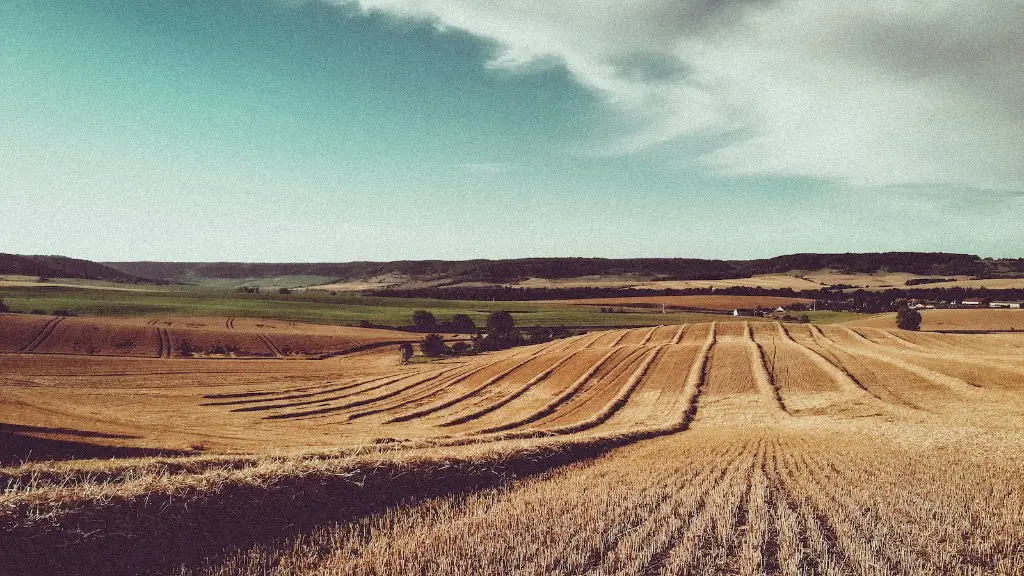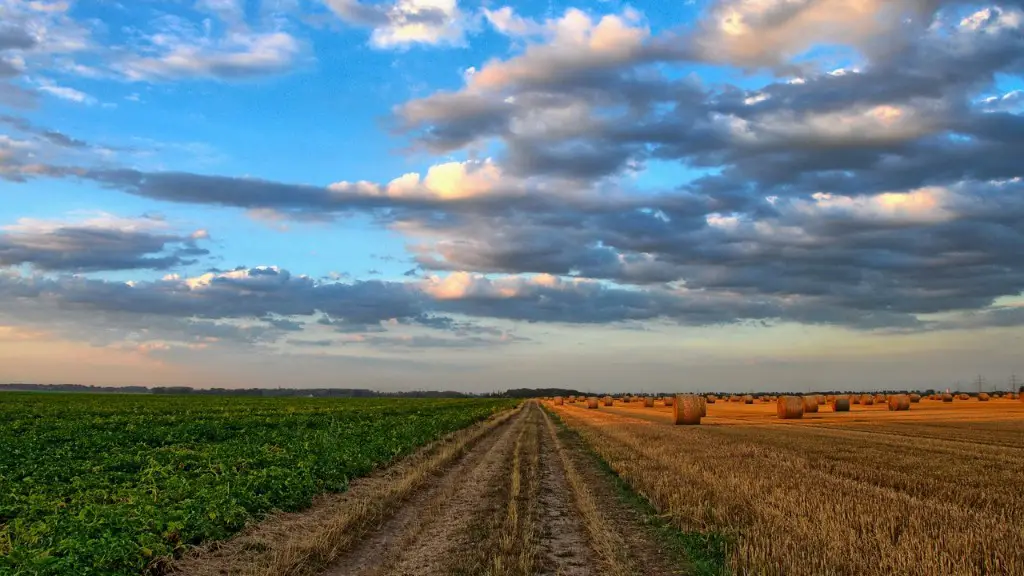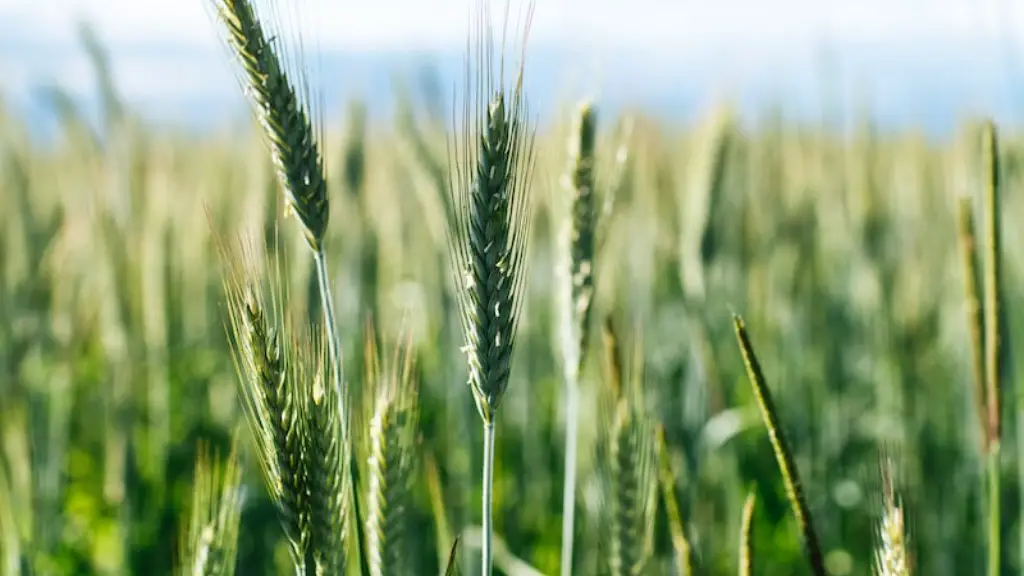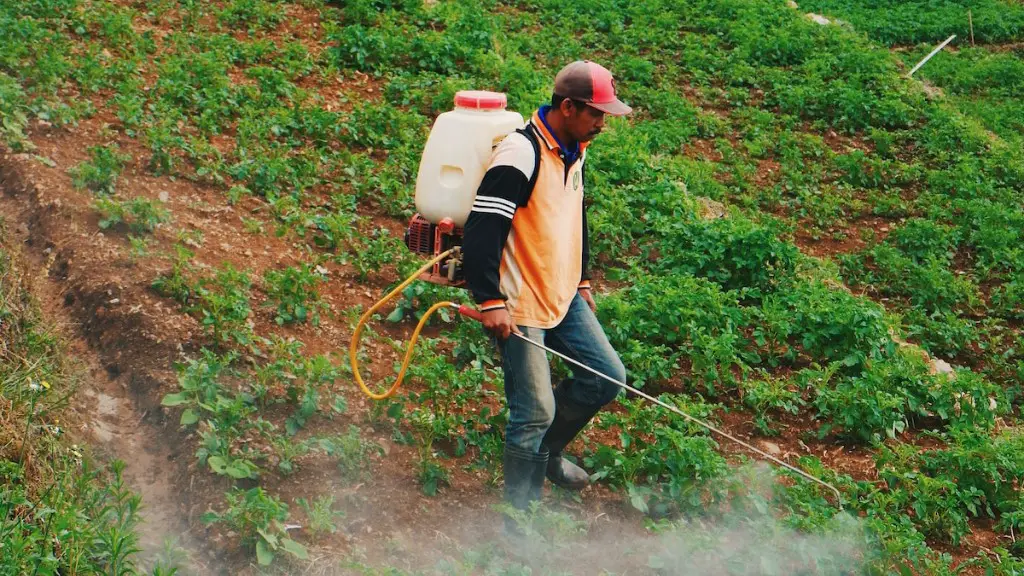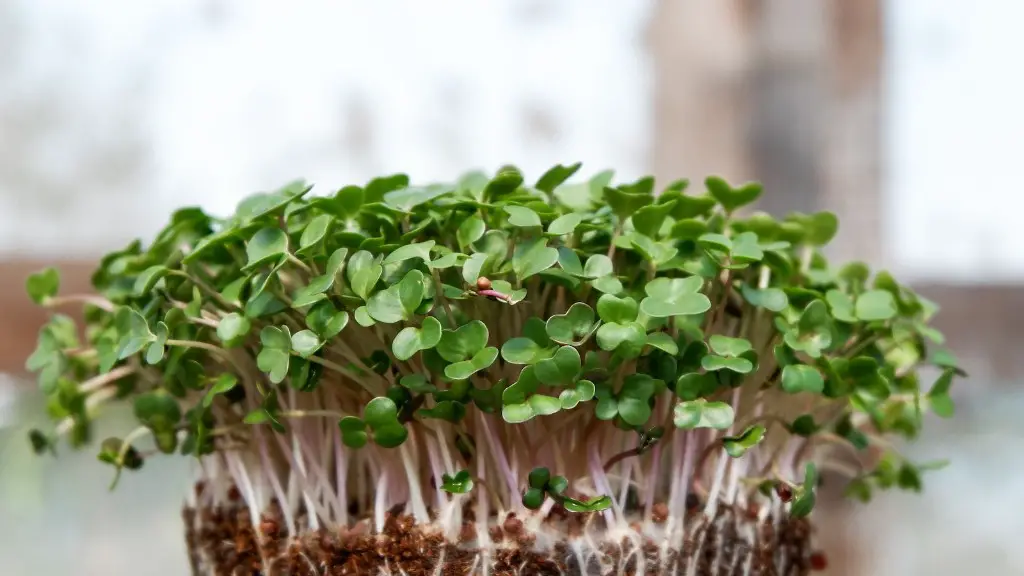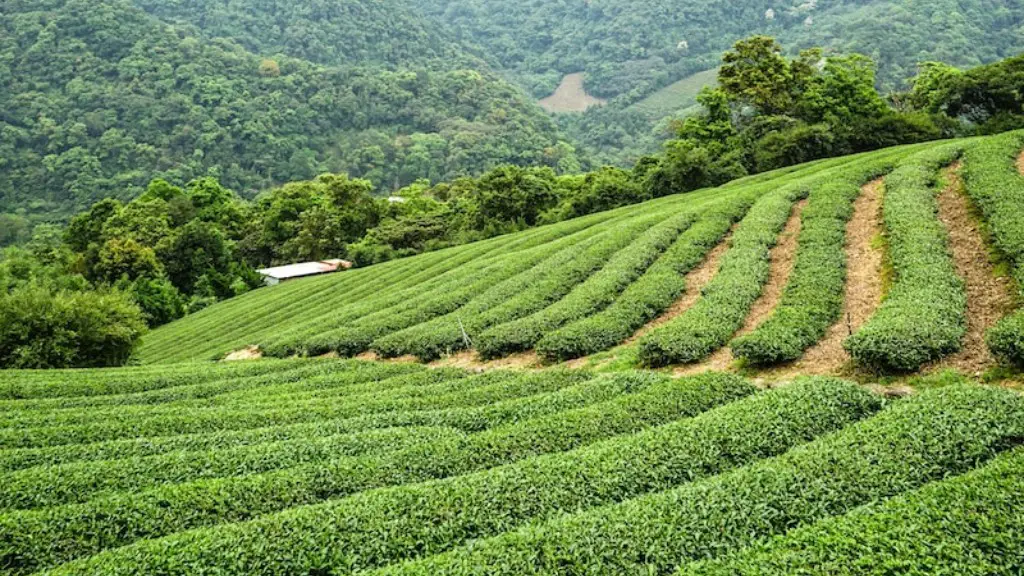The Impact of Agriculture on the Environment Agricultural production has a variety of impacts on the environment, including air, water, land, plants, and animals. While some impacts are negative, others are beneficial.
The impact of agriculture on the environment can be both positive and negative. On the positive side, agriculture can have a major impact on soil and water conservation. Properly managed agricultural land can serve as a filter to stop runoff and erosion, and can help recharge groundwater reserves. In addition, trees and other vegetation planted on agricultural land can help to mitigate the effects of climate change by sequestering carbon. On the negative side, though, agriculture can also have a significant impact on the environment through the use of pesticides and other chemicals, as well as through the clearing of trees and other vegetation. These activities can lead to pollution and habitat loss, and can negatively impact biodiversity.
What are the five main environmental impacts of agriculture?
Soil fertility loss, eutrophication of water bodies, deforestation, climate change and pesticide pollution are all negative environmental effects of agriculture. Soil fertility is lost when crops are grown in the same place year after year and the nutrients in the soil are not replenished. This can lead to eutrophication of water bodies, as the nutrients from the soil runoff into waterways, causing algae blooms and depleting oxygen levels in the water. Deforestation occurs when trees are cleared to make way for farmland. This destroys wildlife habitat and can lead to climate change, as trees play a role in absorbing carbon dioxide from the atmosphere. Pesticide pollution occurs when chemicals used to kill pests end up in the environment, where they can harm plants, animals and humans.
Large-scale, conventional farming is not sustainable in the long term. It contributes to climate change, pollutes air and water, and depletes soil fertility. We need to find more sustainable ways of farming that don’t have such negative impacts on the environment.
What are the 3 main impacts on the environment
There are many issues surrounding our environment, but three major ones that affect the majority of them overall are global warming and climate change; water pollution and ocean acidification; and loss of biodiversity.
Global warming and climate change are causing the Earth’s temperature to rise, which is resulting in changes in weather patterns, sea level rise, and more extreme weather events. Water pollution is contaminating our water supplies, causing health problems and making it difficult for wildlife to thrive. Ocean acidification is making it harder for marine life to thrive and causing coral bleaching. And finally, loss of biodiversity is making it difficult for ecosystems to function properly and causing species to go extinct.
All of these issues are interrelated, and addressing one will have an impact on the others. That’s why it’s so important that we take action on all fronts to protect our environment and ensure a livable planet for future generations.
There are a number of environmental problems that arise from food production, including water use and water pollution, greenhouse gas emissions, environmental contaminants and pollutants, depletion of natural resources, and waste.
Water use and water pollution are major concerns when it comes to food production. Growing food requires a lot of water, and this can lead to water shortages and water pollution.
Greenhouse gas emissions are another major environmental concern arising from food production. The production of food emits a variety of greenhouse gases, including carbon dioxide, methane, and nitrous oxide. These greenhouse gases contribute to climate change, which is a major threat to the environment.
Environmental contaminants and pollutants are also a concern with food production. Pesticides, herbicides, and other chemicals used in food production can contaminate the environment and pose a risk to human health.
Depletion of natural resources is another environmental issue arising from food production. The production of food requires land, water, and other resources, which can lead to the depletion of these resources over time.
Finally, food production generates a lot of waste. This waste can end up in landfills, where it takes up space and produces methane, a greenhouse gas. Alternatively, this waste can be incinerated
How does agricultural activities destroy the environment?
The impact of deforestation includes pollution of water bodies due to the toxic pesticides and insecticides, slash and burn, which causes erosion, ecological effects (such as carbon sequestration, energy cycle, surface water quantity regulation etc), loss of forest soil and Forest watershed due to the heavy tillage that is carrying out.
It is estimated that by 2030, the amount of arable land globally will decrease by almost 50%. This is due to many factors such as climate change, urbanization, and soil degradation. In addition, the number of crop and livestock varieties produced has decreased significantly over the past few decades. This is a major problem because it increases the risk of crop failure and creates a less diverse and resilient food system.
What agricultural method harms the environment?
Agriculture is one of the main sources of pollution in the environment. The use of artificial fertilizers and pesticides in agriculture can pollute the air, water and soil, and adversely affect the health of plants, animals and humans.
Fossil fuels are the largest contributor to climate change because they release greenhouse gases into the atmosphere. These gases trap heat from the sun, causing the Earth’s temperature to rise. This leads to a variety of problems, such as melting glaciers, rising sea levels, and more extreme weather conditions.
What is the biggest environmental threat
The UN expert is correct that human-induced climate change is the largest, most pervasive threat to the natural environment and societies the world has ever experienced. The poorest countries are indeed paying the heaviest price for this global problem. Climate change is a major contributor to poverty, hunger, and conflict. It creates economic, social, and environmental stressors that undermine development gains and exacerbate vulnerabilities. The world must take urgent action to address climate change and its impacts on the poorest and most vulnerable people.
Pollution is the world’s deadliest environmental threat. It takes millions of years to eliminate air, water and soil pollution. Population growth and global warming are also major threats to the environment. Deforestation, climate change and ozone depletion are also serious threats to the world’s environment.
What is the negative impact of agriculture?
Agriculture is the leading cause of many environmental issues, including climate change, deforestation, biodiversity loss, dead zones, genetic engineering, irrigation problems, pollutants, soil degradation, and waste. These problems are caused by a variety of factors, including the way we grow and manage our crops, the way we use and dispose of agricultural products, and the way we deal with livestock. Each of these factors has a significant impact on the environment, and we must work to address them in order to protect our planet.
These two gases have a significant impact on greenhouse gas emissions and need to be addressed. Methane produced by ruminant animals and paddy rice cultivation is a major source of greenhouse gas emissions. Nitrous oxide from soils, fertilizers, and manure from grazing animals is also a major source of greenhouse gas emissions. Both of these gases have a high global warming potential and need to be reduced in order to help mitigate climate change.
What is the relationship between agriculture and environment
The environment matters to agriculture because:
Agriculture is the basis for food and agricultural systems.
The environment provides the necessary resources for agriculture, including water, land, and sunlight.
Agriculture can have positive (eg conserving habitat for wild species) or negative (pollution, soil degradation) impacts on the environment.
Farming led to the development of deep class divisions in society. Hunter-gatherers had little or no stored food, and no concentrated food sources, like an orchard or a herd of cows. They lived off the wild plants and animals they obtained each day. This led to a more equal distribution of resources and less social stratification.
What is a current issue with agriculture?
The high cost of fuel and fertilizer has severely impacted farmers and ranchers, especially as they navigated the fall harvest season. The cost of fertilizer increased by more than 60% from 2021 to 2022, while the cost of fuel rose even more sharply. This has put a tremendous strain on farmers’ and ranchers’ budgets, and many are struggling to keep their operations afloat. The situation is particularly dire in rural communities, where the agricultural sector is a vital part of the local economy. We urge policymakers to provide financial assistance to farmers and ranchers who are struggling to make ends meet.
This is a very serious issue because if farmers stop cultivation, it will have a major impact on the food supply. Not only will animals and humans starve, but the production of wheat, rice, maize and other crops will also be stopped. This could have a devastating effect on the world’s population.
Final Words
The impact of agriculture on the environment is both significant and far-reaching. Agriculture is a major contributor to greenhouse gas emissions, accounting for approximately 10 percent of global emissions. Agriculture also plays a role in deforestation, water pollution and land degradation. With the world’s population expected to reach 9.1 billion by 2050, the pressure on the agricultural sector to produce food while minimizing its impact on the environment will only increase.
The impact of agriculture on the environment is both positive and negative. On the positive side, agriculture provides food and other products that are essential to human life. On the negative side, agriculture can lead to soil erosion, water pollution, and deforestation.
